Greetings,
With the sunshine and spring flowers, everyone’s spirits have certainly been lifted after what felt like a long winter. There is a fresh new sense of motivation from all of our students lately, and I’m excited to share with you what they have been up to these days.
Expressing Ourselves & Dealing with Emotions
As you have probably noticed, your child has certainly expanded their vocabulary from simply using the terms “happy,” “sad,” and “mad.” Our students have been exposed to a variety of new words as we offer examples during group role play to give each child the opportunity to practice expanding their vocabulary so that they can better express themselves.
Below are just some examples of words that have been mentioned during circle times. This is a generic chart from online which I haven’t presented to the class, so a few of the words might be new to them, but I just wanted to share some examples in case you are inspired to go through the images and ask your child, “why might someone feel this way?” and “have you ever felt this way before?” or “which one do you most feel like right now?” It’s okay if they don’t remember the meaning of the word – you can help them by giving some examples of synonyms and scenarios to better explain. We are working hard to encourage our students to converse with one another and talk about feelings while they are at school, and needless to say, it is also important that they continue to express themselves outside of school. So encourage them to talk about how they feel and why one feels a certain way, and give examples. Expressing one’s self will help your child to work through emotions and to grow intellectually as they gain patience, understanding, respect, and so forth. And in moments where your child can’t find the words, don’t hesitate to offer them words, for example, “I know you must be feeling frustrated right now,” and “I know you’re feeling really blue, so let’s take some deep breaths, and remember what we have to look forward to,” etc.
Expressive Art Activities
For those parents who have been with us for years, you know about my feelings activity sheets that I have drawn up to get the kids expressing themselves through art. The arts are such a therapeutic outlet for children (and adults) to explore one’s emotions, manage feelings, work through challenges, and improve one’s self esteem. If your child is a first year student with me, their art may just look like some circular scribbles at first glance (and I don’t like to use that word- scribbles), but in their eyes, they have created an image or an expression. We often encourage our students to explain their drawings in small groups, acknowledging that everyone has a different perspective on art. “Abstract” art is especially a style that we have studied and appreciate, and many of our students describe their own art as “abstract” or “expressionistic.”



 This particular activity sheet had examples of different scenarios such as a storm rolling in or litter on the ground, each image with a blank face beside it. The children were encouraged to draw facial expressions to show how these situations made them feel.
This particular activity sheet had examples of different scenarios such as a storm rolling in or litter on the ground, each image with a blank face beside it. The children were encouraged to draw facial expressions to show how these situations made them feel.
Music & Movement
Movement
Speaking of expressing one’s self through the arts, we also support getting creative through exercise. I have recently added yoga mats for our students to practice yoga and dance during the work cycle. They are especially on a yoga kick right now, but many also enjoy trying out dances from different cultures. Occasionally, I offer a 10-15 minute video during work cycle if they are feeling inspired to be guided through meditation or dance. I also enjoy teaching modern dance and yoga sometimes during circle times, but it’s nice for them to have the additional opportunity to exercise as they please, and occasional videos expose them to people of different cultures teaching unique dances from around the world. Most of the time, the kids seem to be coordinating their own yoga and dance moves and they don’t bother asking for video lessons. As long as they have some background music going, the kids seem pretty confident and excited about practicing moves and stretches that they already know, and a lot of them like to get creative by coming up with their own moves.
Music
Periodically throughout the week, I might play the piano and give the kids singing lessons as they practice vocal warm ups, but kids also enjoy creating music on their own. They have had lessons on creating their own patterns through repetition of music notes, how to create beats with percussion instruments, and how to coordinate with one another. The kids are all especially enjoying the piano lately, especially older students who have had a couple of years under their belt of learning our methods. Many have begun to understand the idea of patterns in music and we often hear them creating their own melodies.
Way Back in February…
During the season of “love,” the kids worked on crafty collage art, especially for you. Hopefully they all made it home to you as they all put a lot of thought, effort, and love into the process of making artwork for their parents <3
Cozy Corner Makeover
We freshened up the cozy area for the spring time by adding new seashells, books, interesting objects, colorful imagery cards, and puzzles. To help encourage kids to stay productive, I have given lessons on ways to utilize the space. If a child is feeling upset or impatient, they are encouraged to come over, take some deep breaths, squeeze (or hit) a pillow, lay down, or simply look at beautiful images to imagine themselves somewhere peaceful. Sometimes our students just need to be redirected or distracted by working on a simple and colorful puzzle. Other times, kids just like to come over and quietly converse with a friend while looking at library books.
Language
Beginning Sounds Mugs Table
At this time of year, we offer 3 mugs at a time, each mug holding tiny objects that all begin with a particular letter. The children are encouraged to mix up the objects, tell a story with the objects, and last but not least, put the objects back into the proper mug. This can be challenging for the little ones, but there is always an older child around who is willing to help. Our students continue to be encouraged to say the names of each object while looking in the mirror so that they can see and feel how the beginning letter sound rolls off of their tongue or lips. And just a reminder, it’s perfectly fine if our little ones are not yet remembering the sounds. As long as they are enjoying the experience, they are preparing to better understand the concept of how letters work. Letter mugs are rotated out roughly every two weeks to give kids a chance to get to know these sounds.
Word Cards and Objects
All ages are encouraged to line up word cards and match imagery or objects. The act of lining up these cards teaches kids to begin to understand how we read from left to right. That said, even if the children aren’t yet able to read, they are benefiting by practicing their sense of order. Eventually they begin to catch on over the years, for example, some of our “juniors” and “sophomores” begin to pick up on the beginning letter sounds of these words to match objects while some of our “seniors” are actually reading the words as they match.
Holding a Pencil & Tracing
Many of our first year students are beginning to find a better grip on their pencils, each nearly holding a pencil in the pincer grip rather than the fist grip. It’s always exciting to catch them beginning to find this new control and interest while they delicately start to draw lines. Many of them are also enjoying tracing activities where they carefully trace highlighted letters or dotted letters as well as draw lines within bubble letters. I also encourage our older students to occasionally practice tracing as it’s good practice for sharpening their handwriting.
First Year Parents: If you notice that your child is getting frustrated while holding their pencil in the fist grip, try this trick out by say saying, “let me help you get a better grip by the pinch and flip.” They might actually remember how to do this “pinch and flip” technique on their own once they are reminded, but if not, here’s how to do it: stand the pencil up tall on the table while pinching the tip of it, then flip the pencil over so that it rests somewhere along the side of your pointer finger’s knuckle. You may need to help your child by doing so with the hand over hand method. You’ll be surprised to see that they can hold it this way for at least a little while before they lose it again. Be careful not to say “no, that’s not right,” or to help them too much as they might get discouraged or perhaps they’re not quite be ready to get out of their comfort zone just yet.
Writing Beginning Letters and Word Building
Students that have been here for two years or more are typically writing letters on their own now, they know many of their beginning letter sounds, and they can sound out simple words. Some of our oldest students also have a good understanding of many phonetic letter combinations to sound out larger words on their own. If your child is not quite there yet, please don’t be discouraged- every child has subjects that they are especially interested in, and they are all showing healthy levels at understanding the basics in the language area. Need I say, children are typically not expected to word build upon entering most traditional kindergartens. Whatever level your child is at, they should be very confident that they will probably know a little more about language than your average kid starting kindergarten. I know, I know- call me a bias Montessori snob, but I think are students are pretty darn smart!
Sentence Building and Reading Beginners Books
Many of our older students are beginning to read simple sentences. They enjoy matching imagery to sentences and reading beginner books aloud with peers.

In the foreground of this image, we have one of our alumni students visiting and reading aloud to Nick 🙂
Math Activities
Montessori Lessons for Ages 4 through 5
In large groups, we have been learning about skip counting by 10s, 100s, 1000’s, and recently we have made it up to the millions!
During the work cycle, these students practice counting and organizing the Montessori material on their own.
Many students are also beginning to learn how learn to skip count units from 2s through 10s, which will also help prepare them for multiplication not too far down the road from now.
Addition, Subtraction & Division
Maria Montessori came up with so many great ideas to help young kids find a real purpose to math by creating hands on sensorial activities to practice solving equations.
Teens boards
We show 4-5 year old students how to build teens by adding single digits to the number 10. For example, below Greer has counted out answer to the equasion 4 + 10 by using our color coded bead system. Once she has her answer, she will build the number “14” by sliding the number 4 tablet over the number 10.
Math for All Ages
Really, I could go on all day about the math material, since we’ve got countless activities for all ages. But I think you can get the idea by simply scrolling through the following photos! Try asking your child to see what they might know about these works if you have any questions!
Popular Work of the Month: Pin Poking
I’m sure you all know the new hype these days with therapeutic coloring designs and adult coloring books… Anyway, so I got this idea to find some free designs online to shrink down for pin poking shapes. This has been such a big hit lately with the kids as they love just love coloring these little patterns after they’ve done their pin poking. We have a lot of art lovers this year, so pin poking has been a great lesson that can also count as an art project. While our students are having fun getting creative, they are developing coordination, building concentration, and practicing their pincer grip for writing.
First year parents, if you’ve seen some tiny random holes all over a piece of paper with a shape glued to construction paper, this is probably your child’s first attempt at pin poking. It is not easy to coordinate at first as they learn to gain control of holding a tiny sharp object, but the practice of holding a pin is helping your child to get a feel for the pincer grip. We begin to see some progress after a few months, and usually by the next year, your child is able to keep their pin pokings within the lines of the shape.
If you’re still having a hard time envisioning what I am explaining here, watch this Montessori video on pin poking. This video features one of the many Montessori teachers whom I have observed over the years and in this video she explains things that I’ve probably mentioned before, so if you just want to get to the point, feel free to fast forward to 2 minutes and 32 seconds to be exact, to watch the actual process of pin poking.
Celebrations of Lives
We’ve had a lot of wonderful lives to celebrate nearly every week at Indigo. Thank you to all of the parents who were able to attend and help us tell the story of your little ones!
Work Cycle
There are so many Montessori Materials to talk about, but the best way to learn the general idea behind each work is to observe and have visuals. Talking to your children about these photos is definitely encouraged as they could probably tell you more about the material they have been exploring. Sharing these photos is also a great way for them to reflect on their days and progress in the classroom.
Enjoy your week! Hope to see you all soon at conferences!
























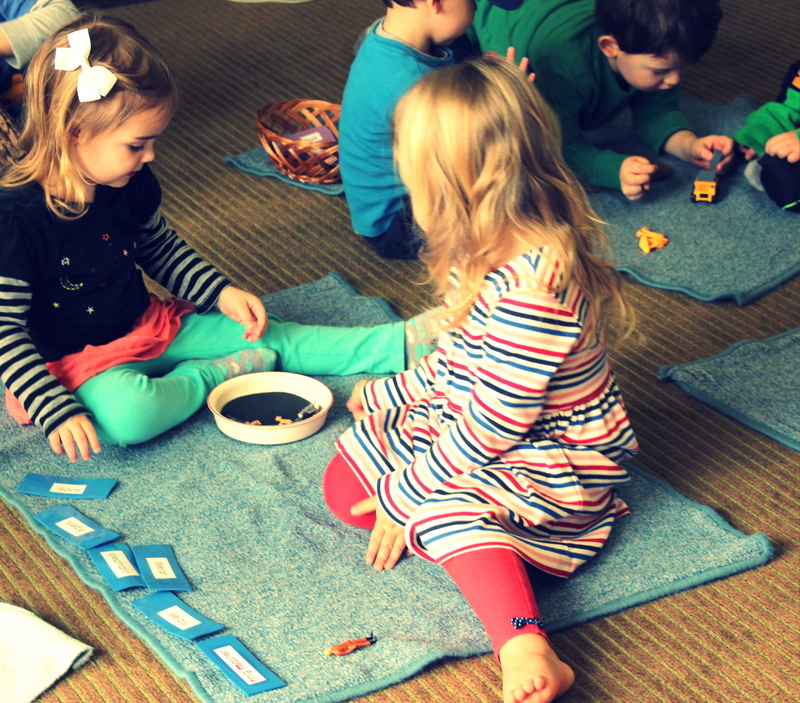



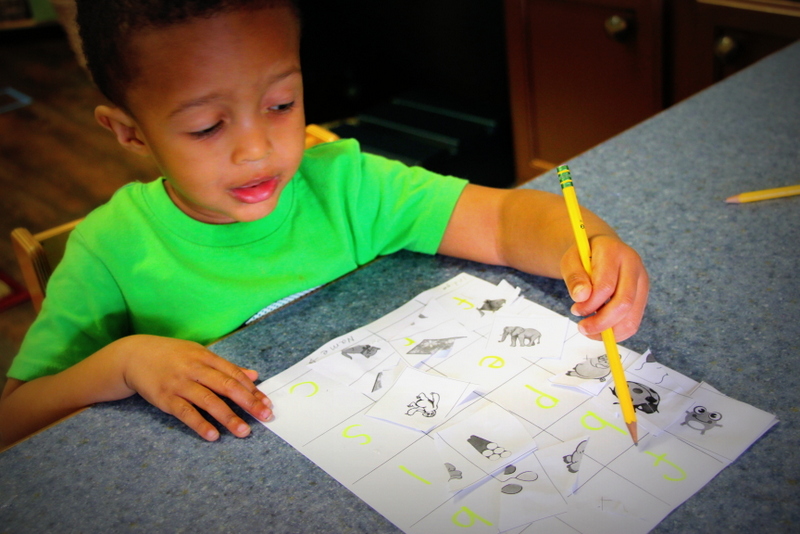


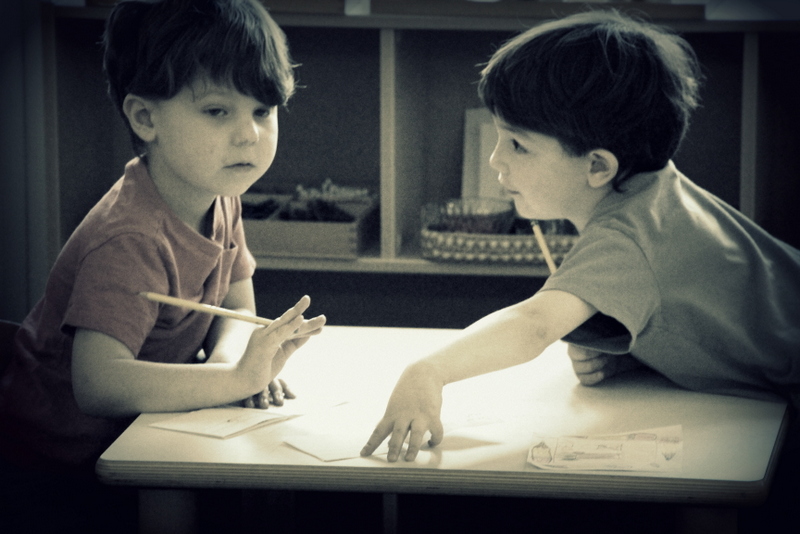


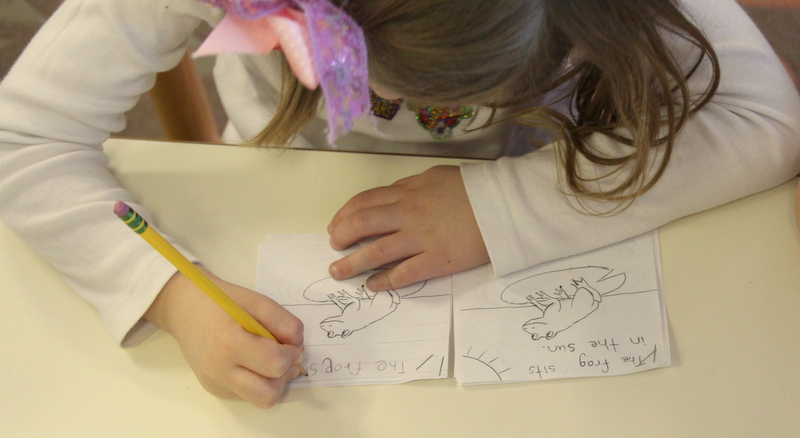


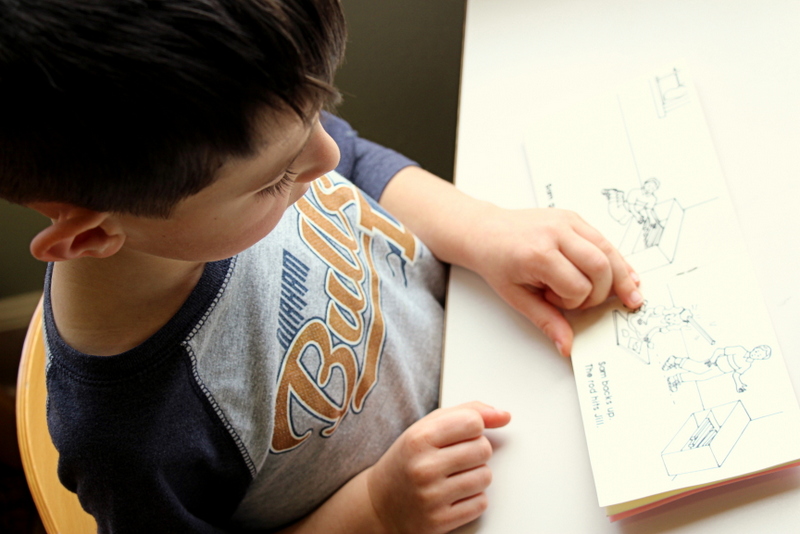
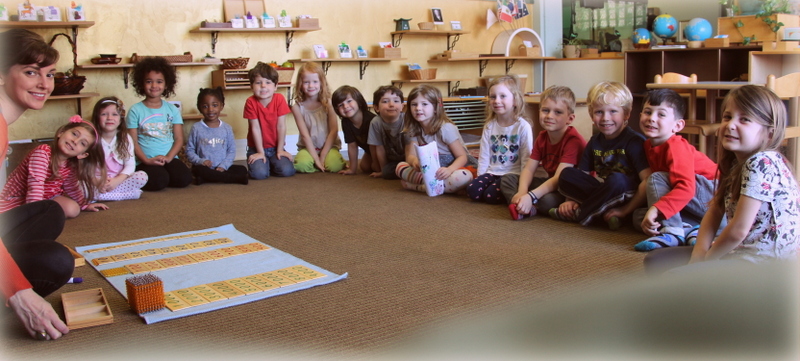


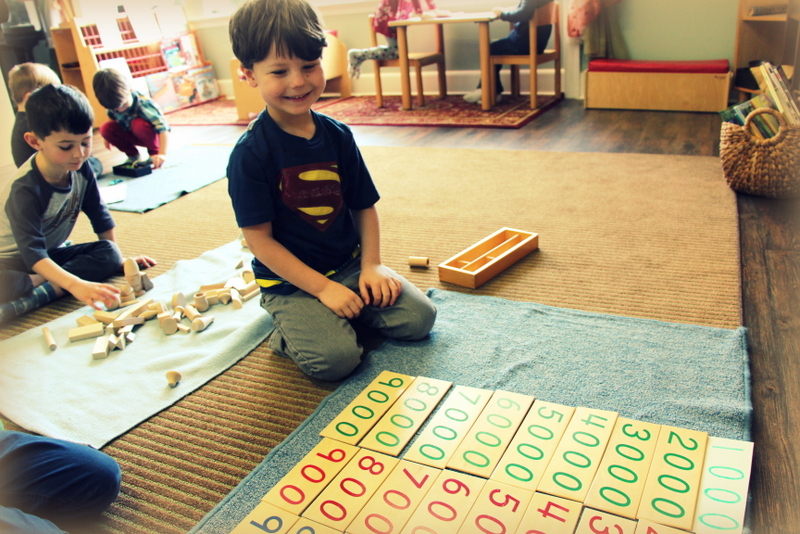

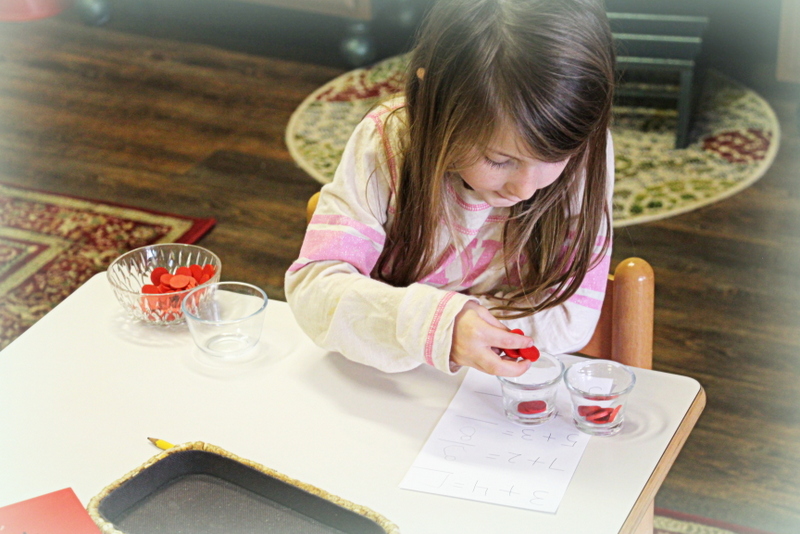
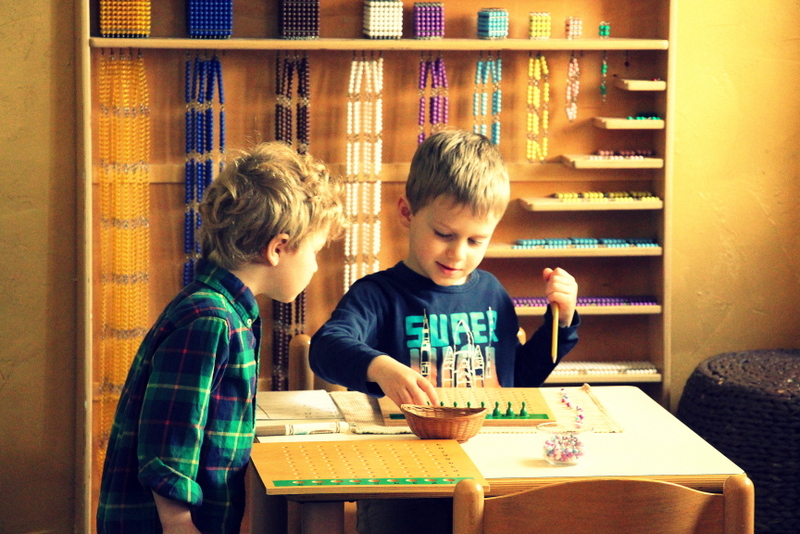




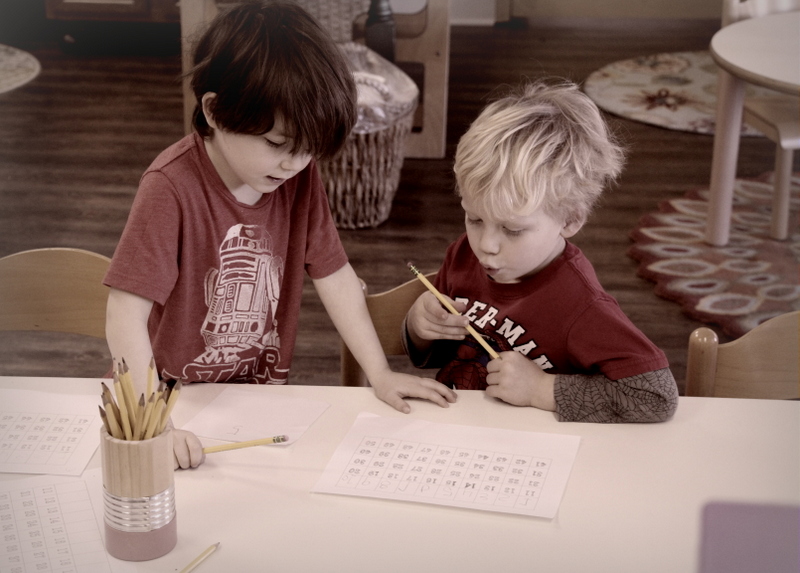
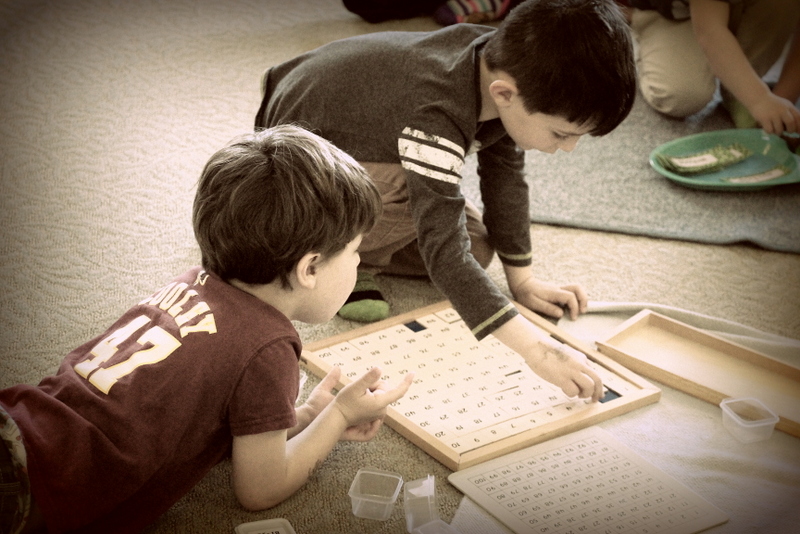


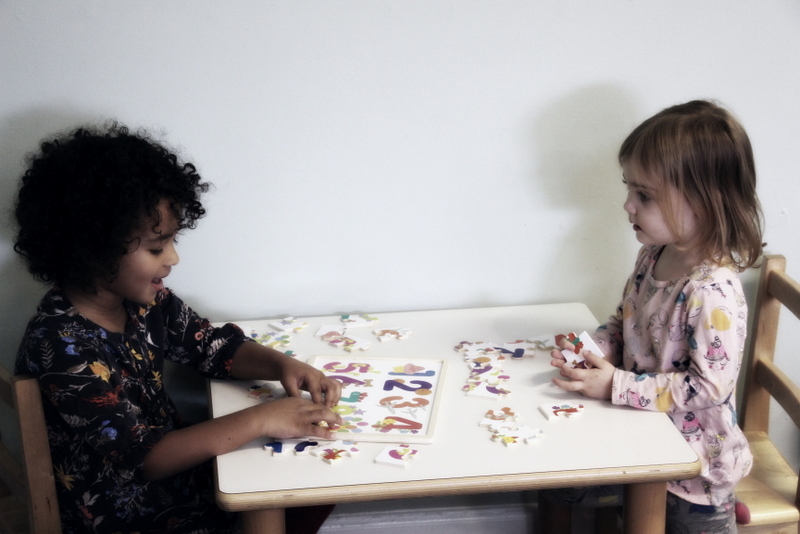
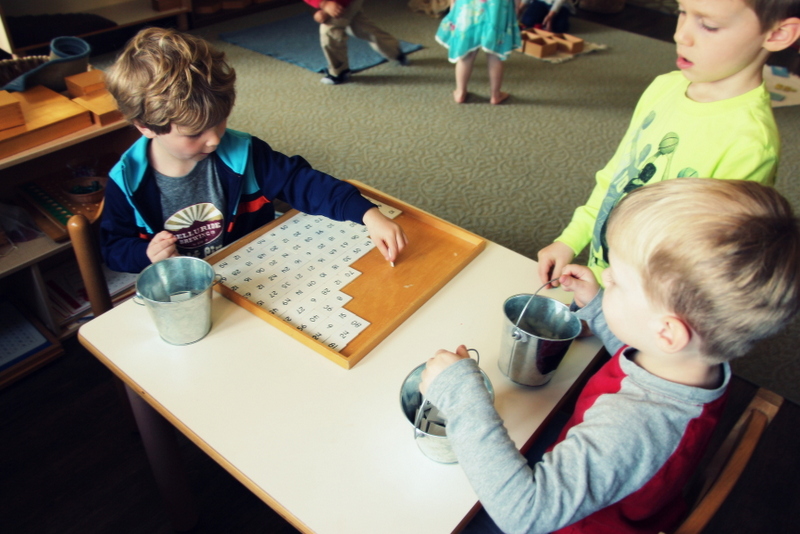



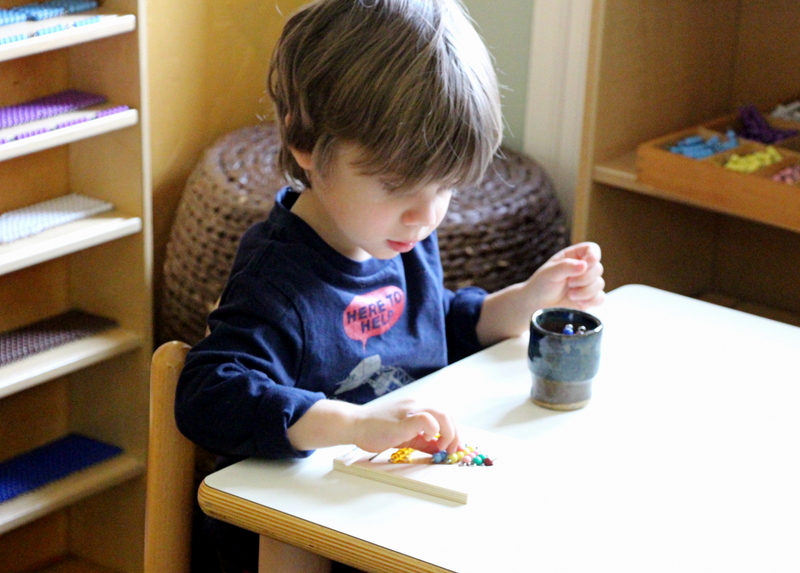
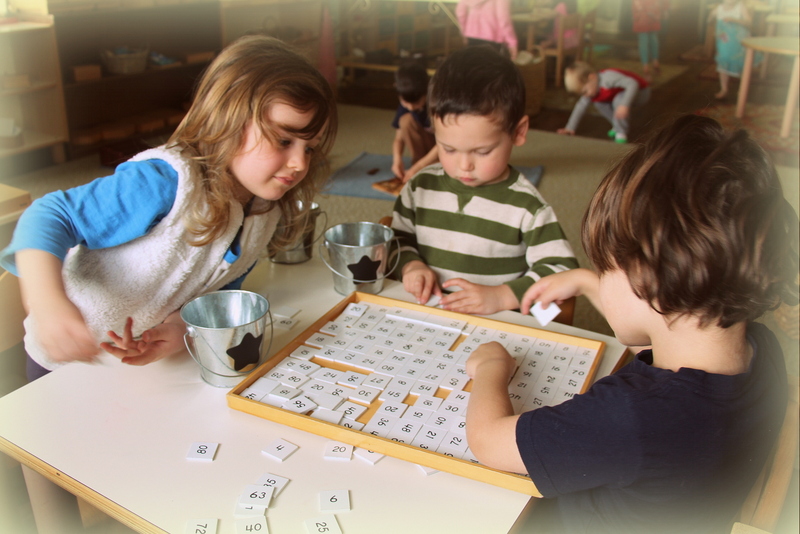


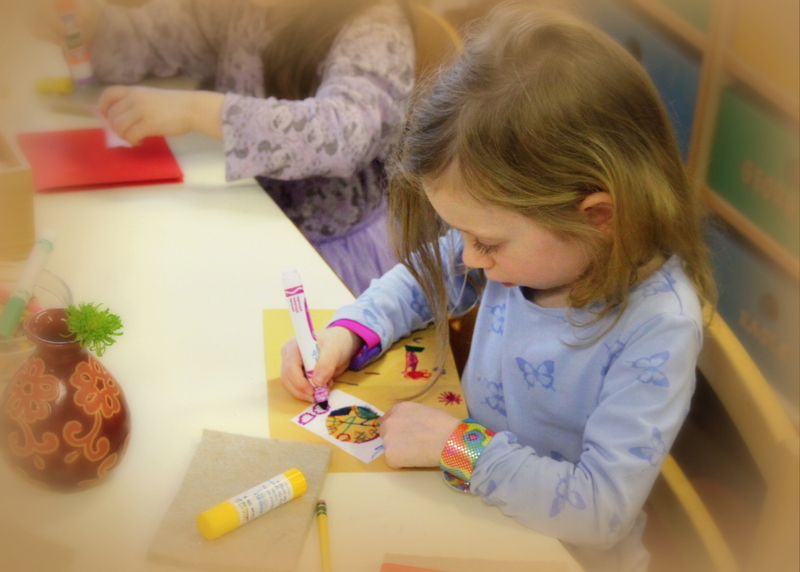

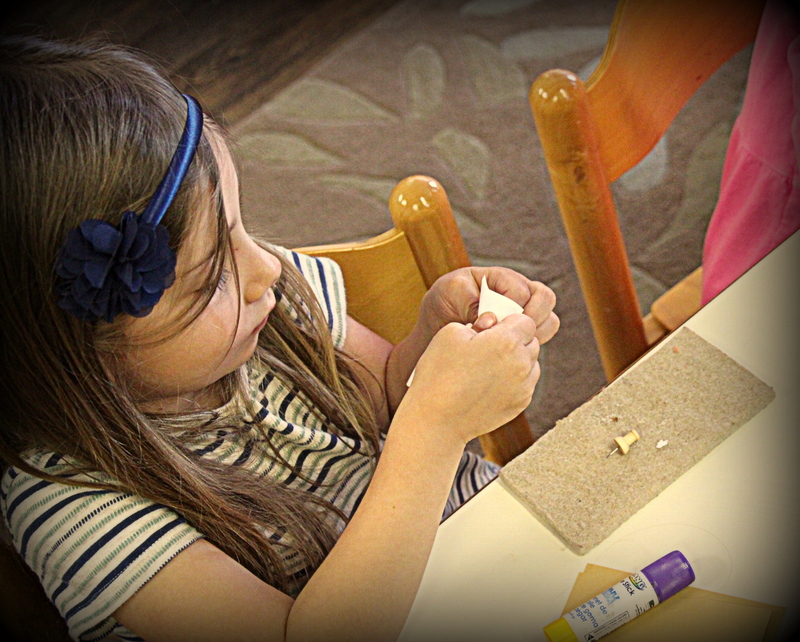




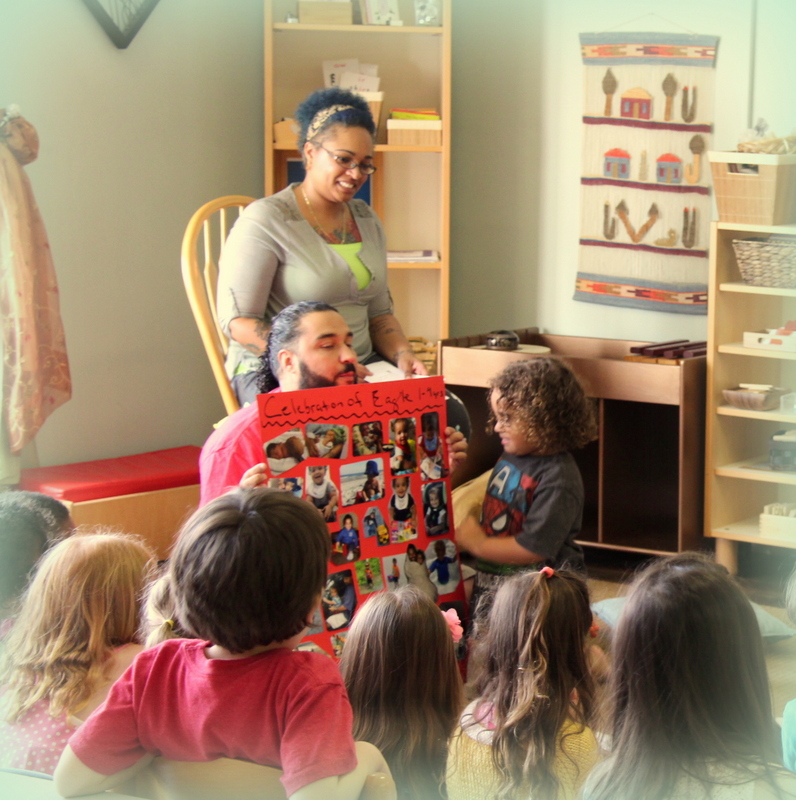


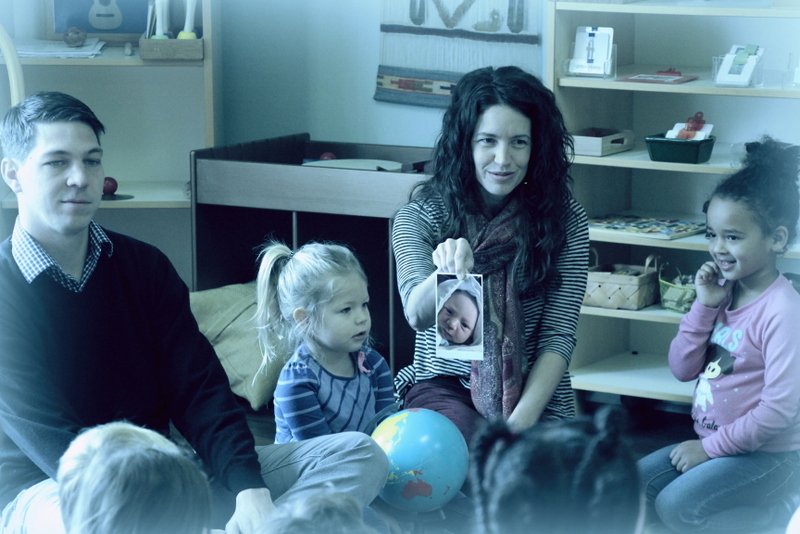






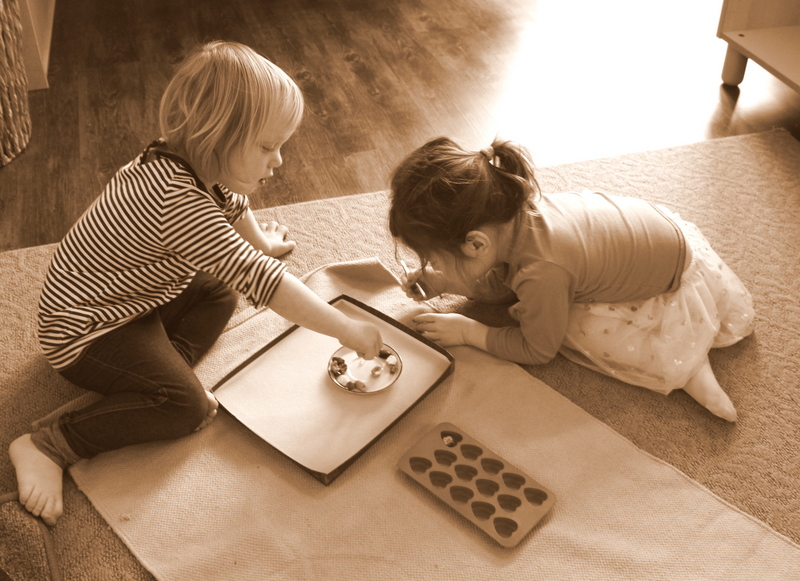

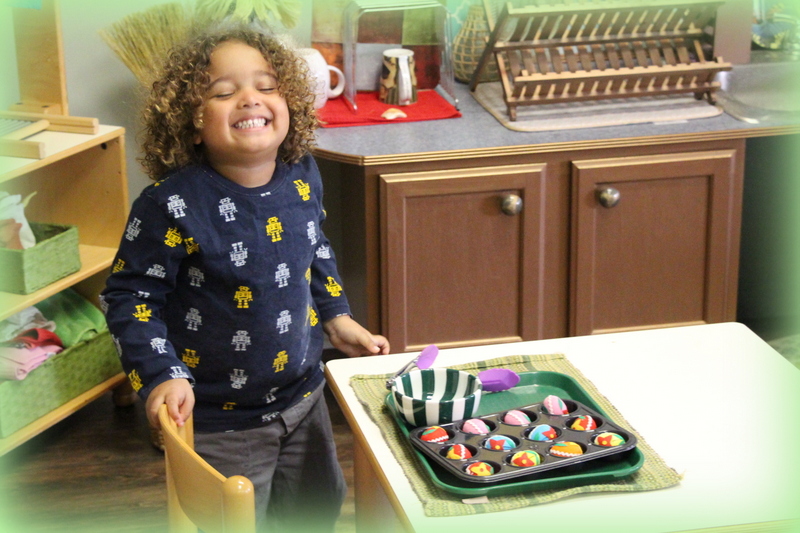






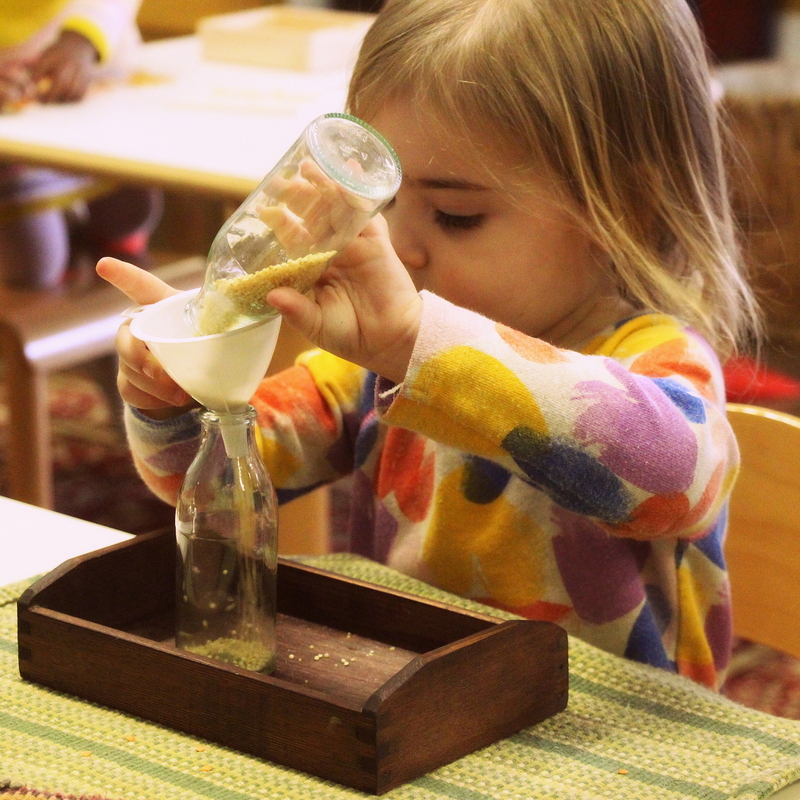

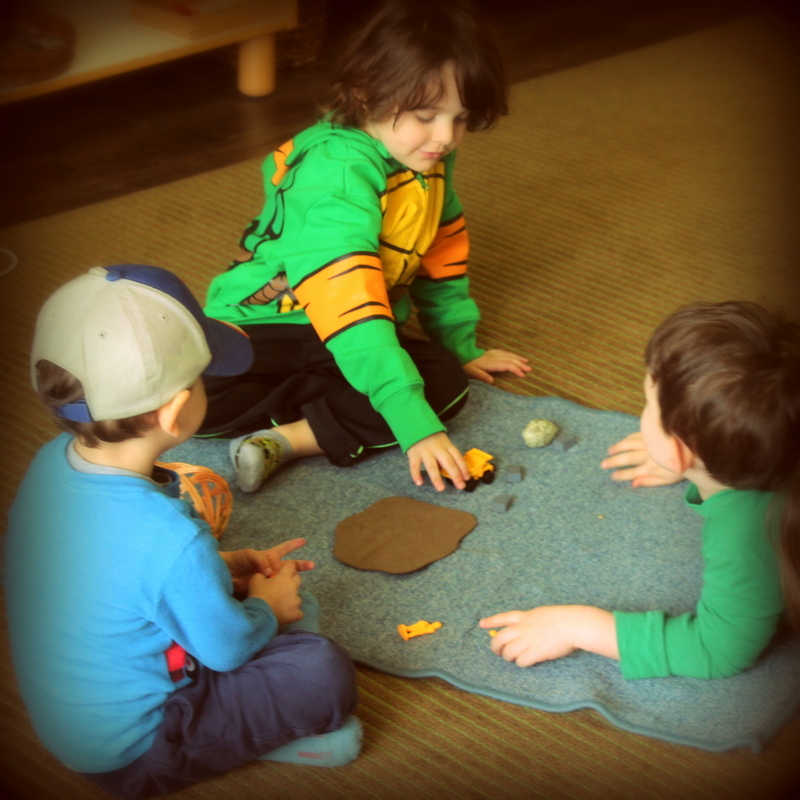






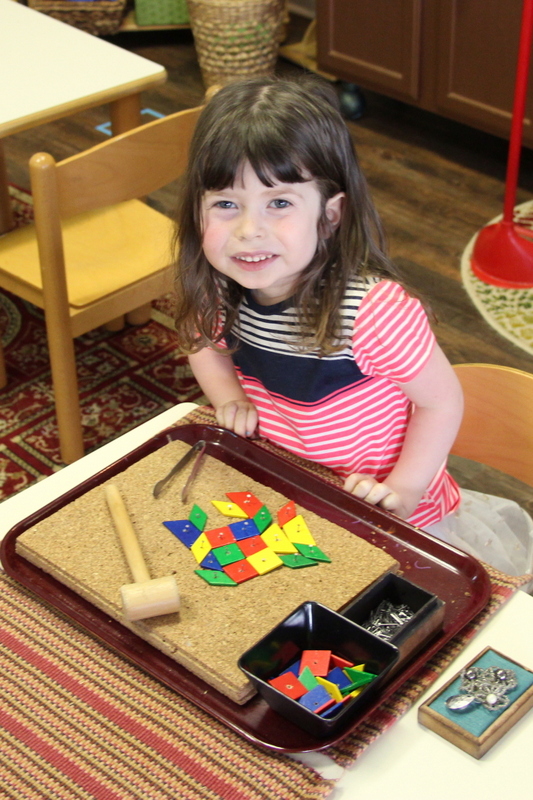




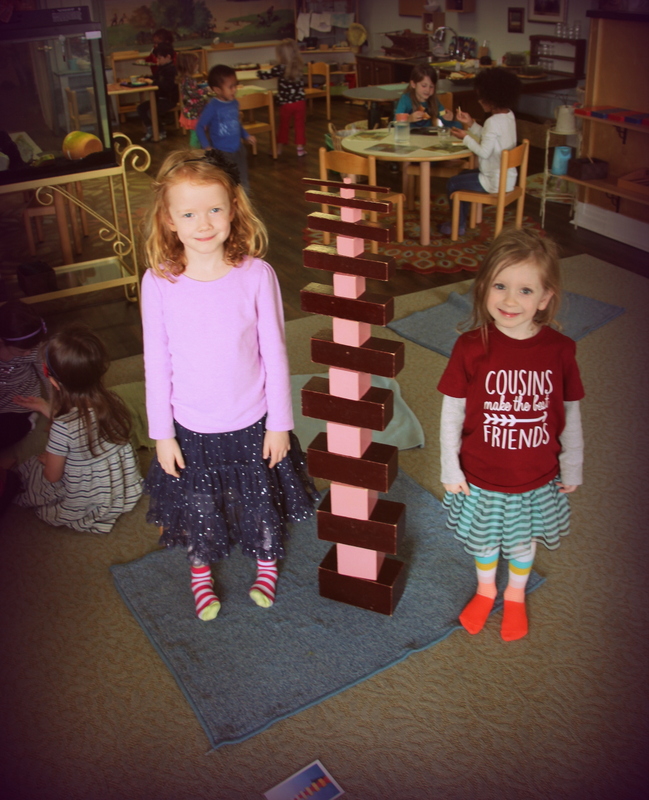
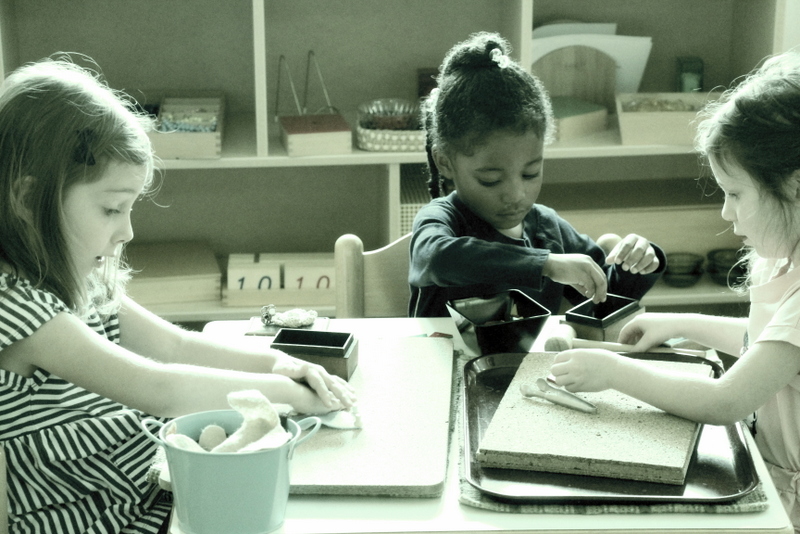



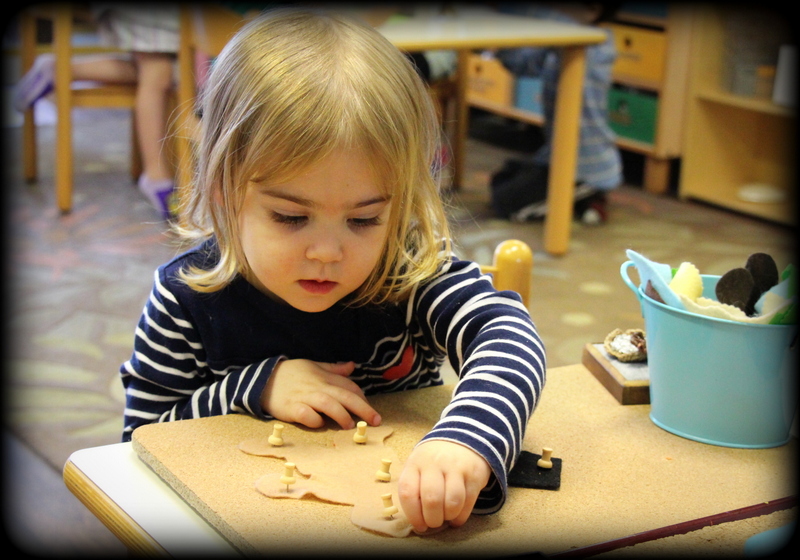

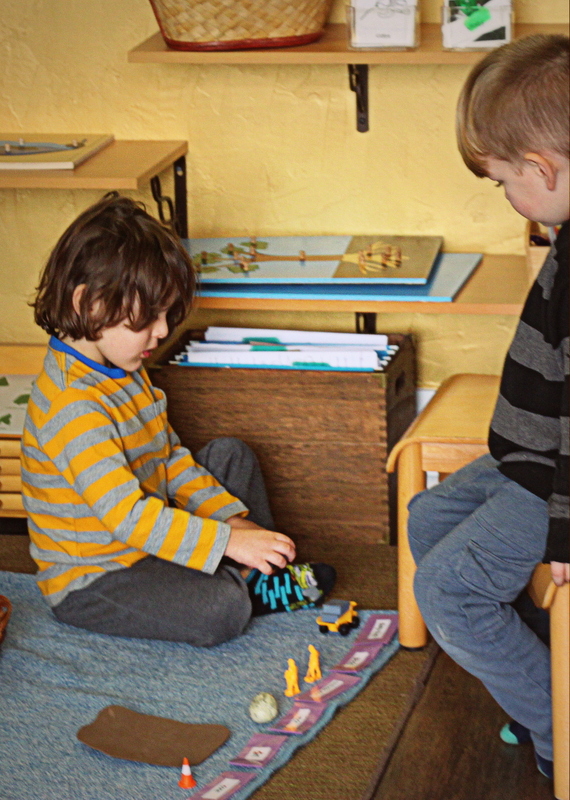
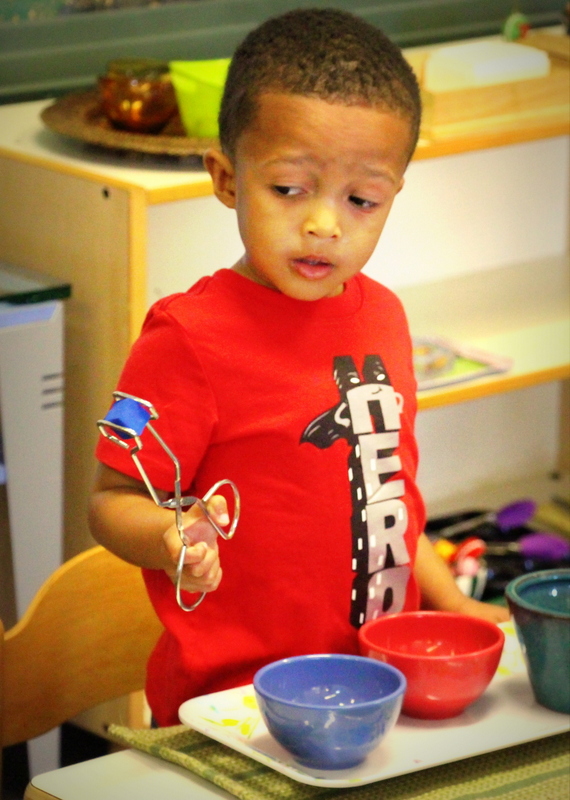
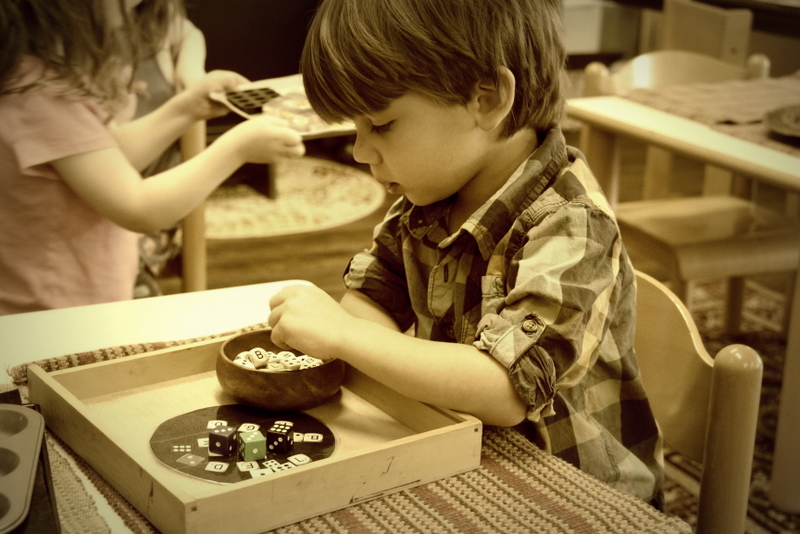



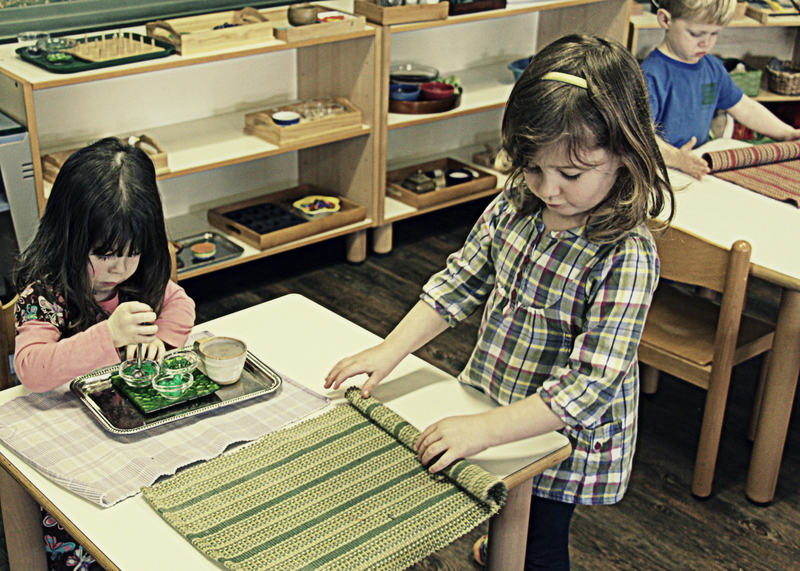
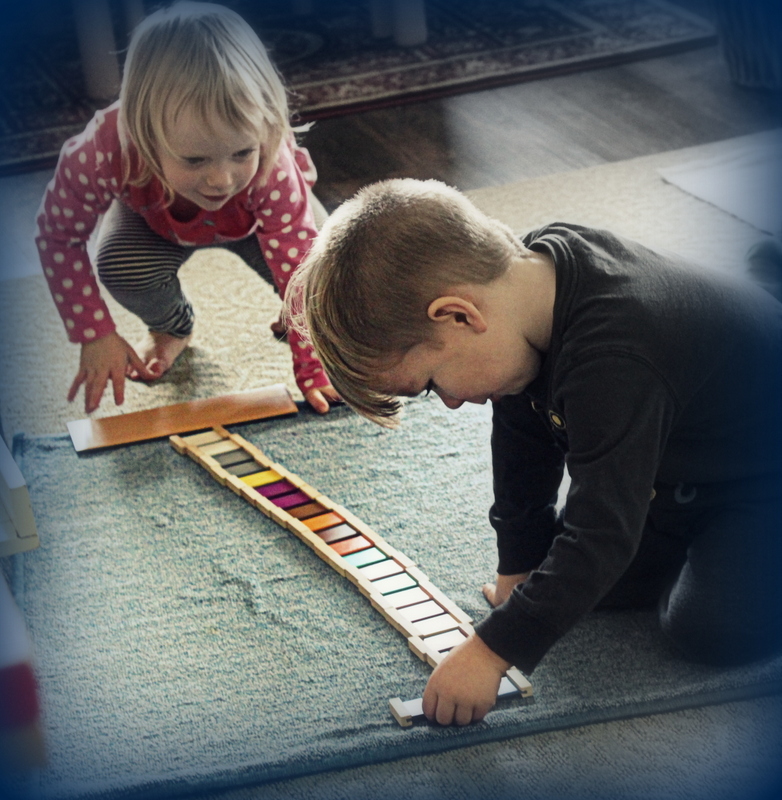





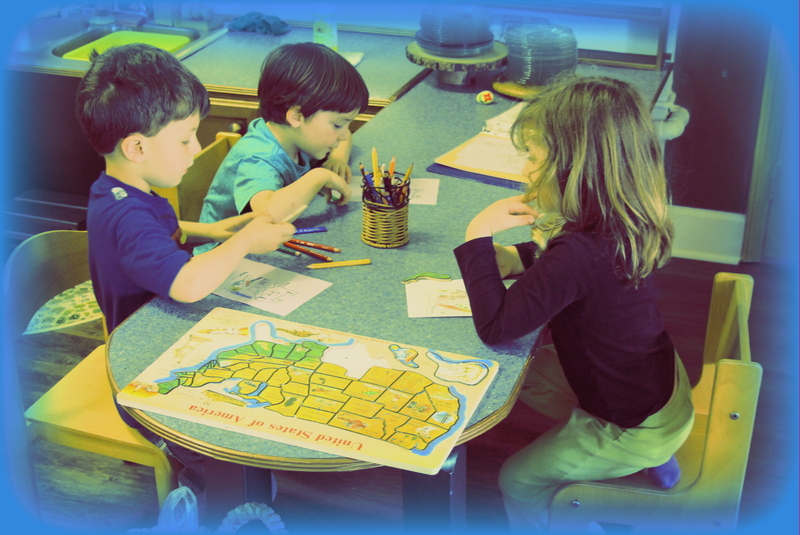



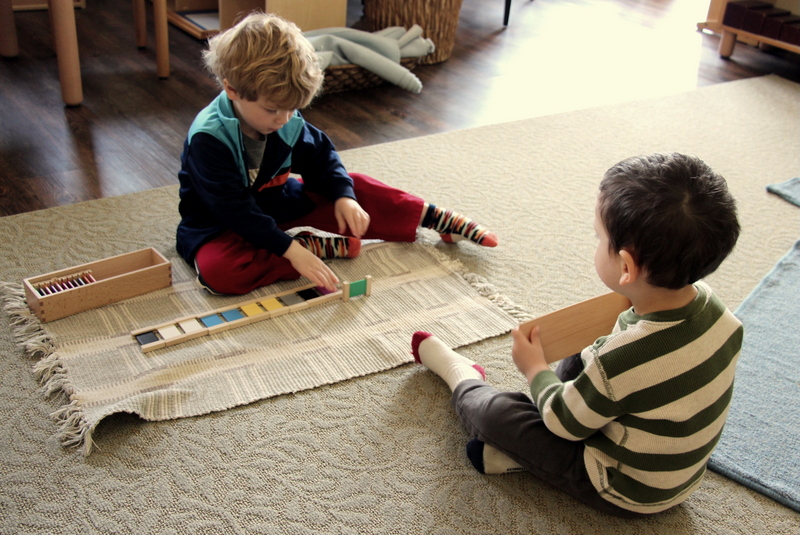

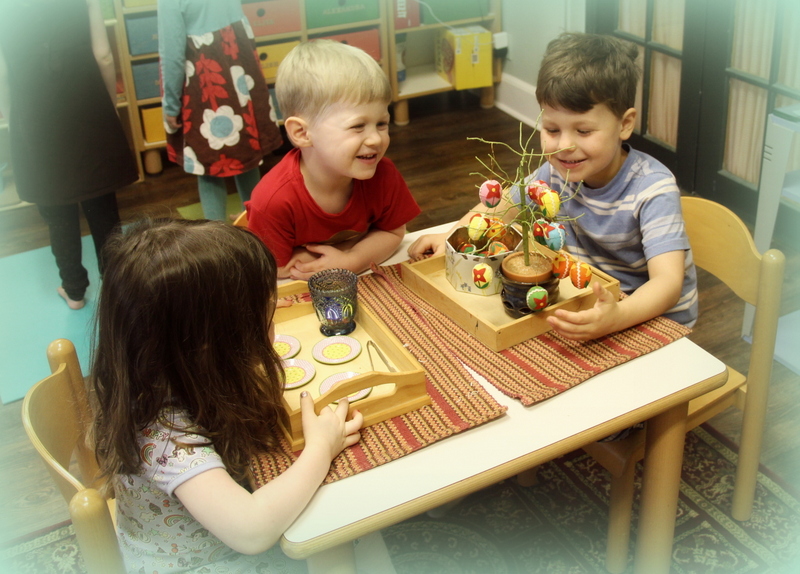










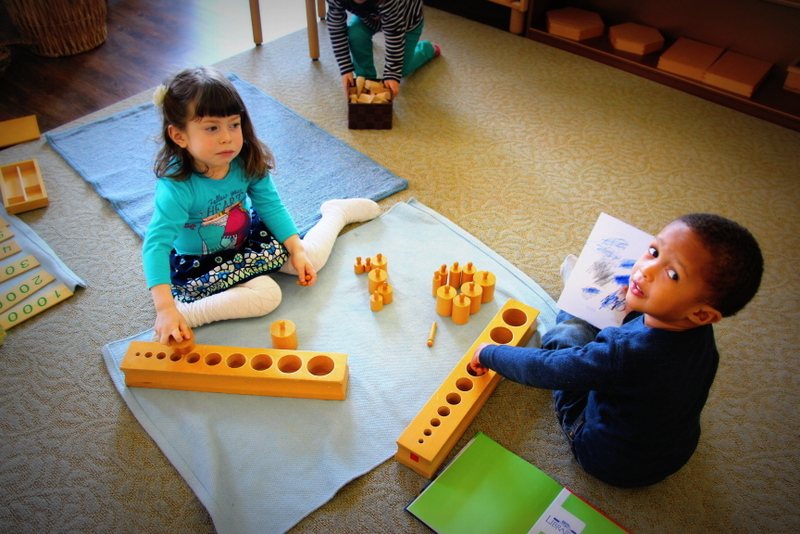
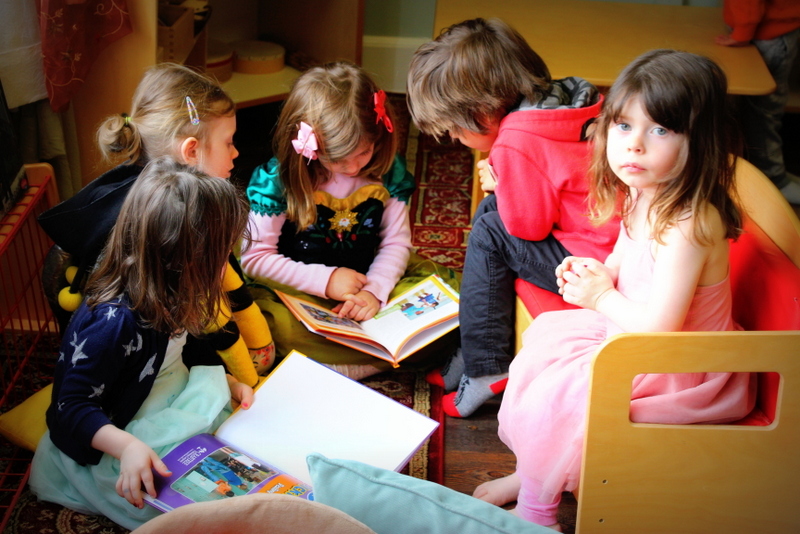




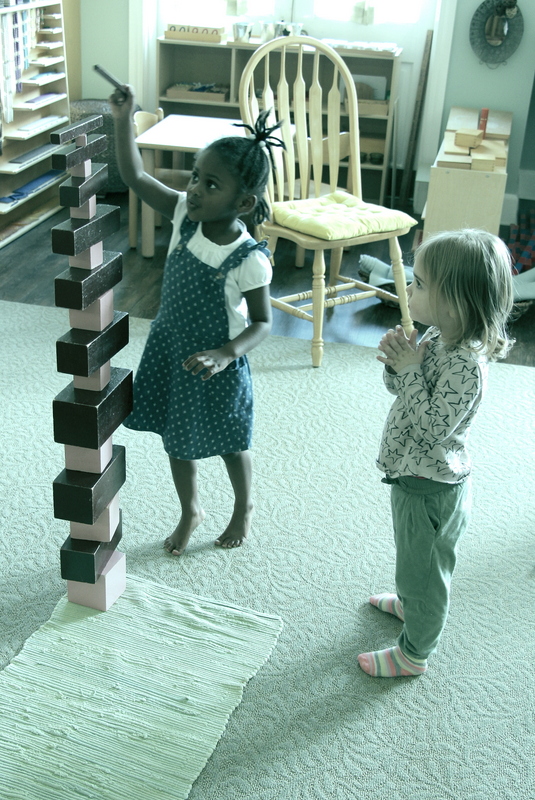



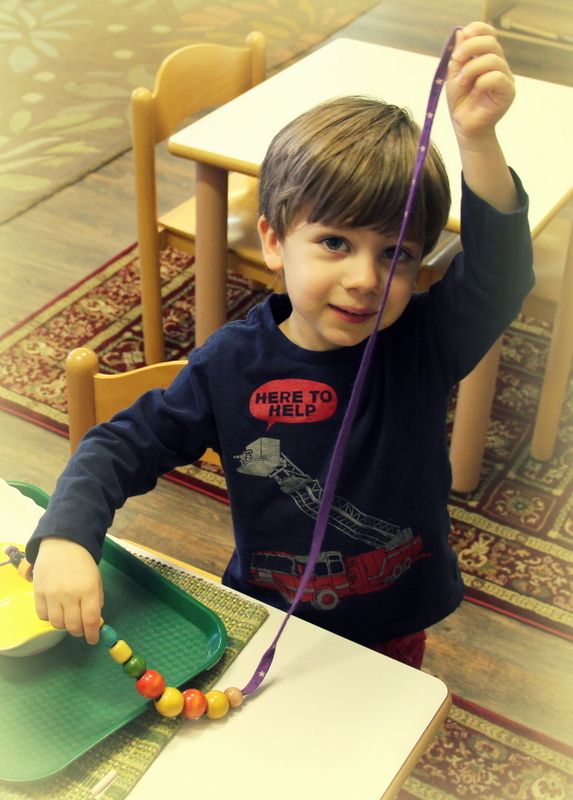

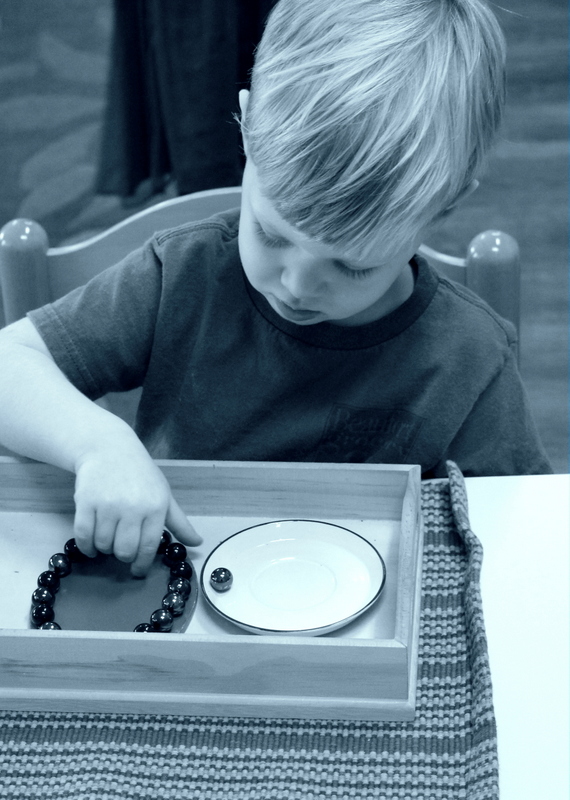


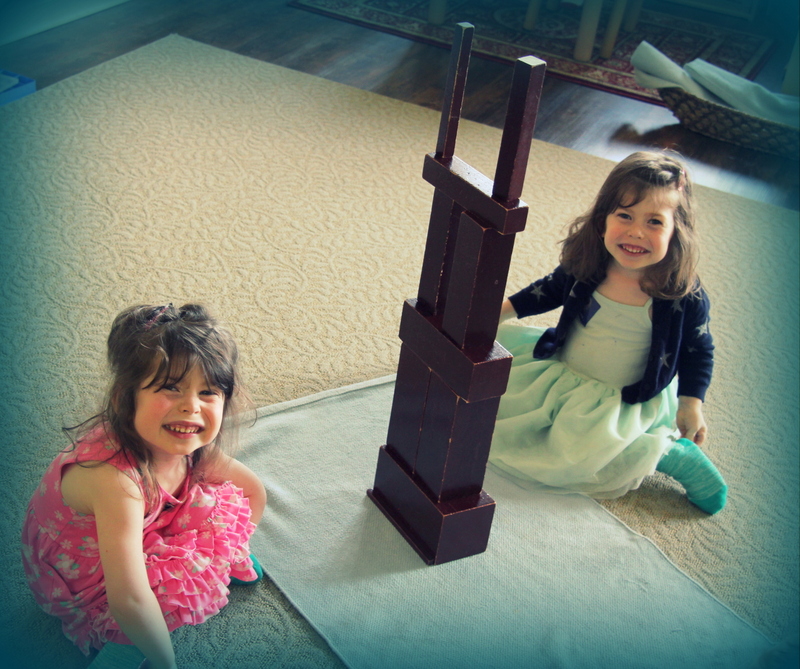











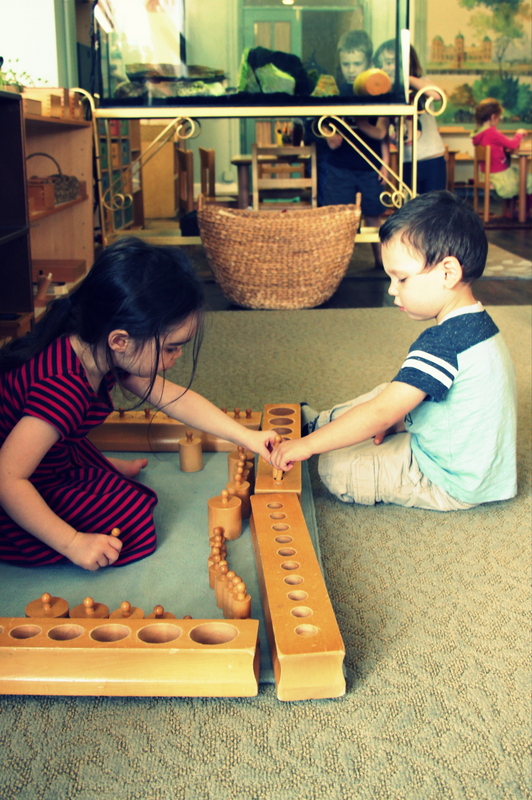

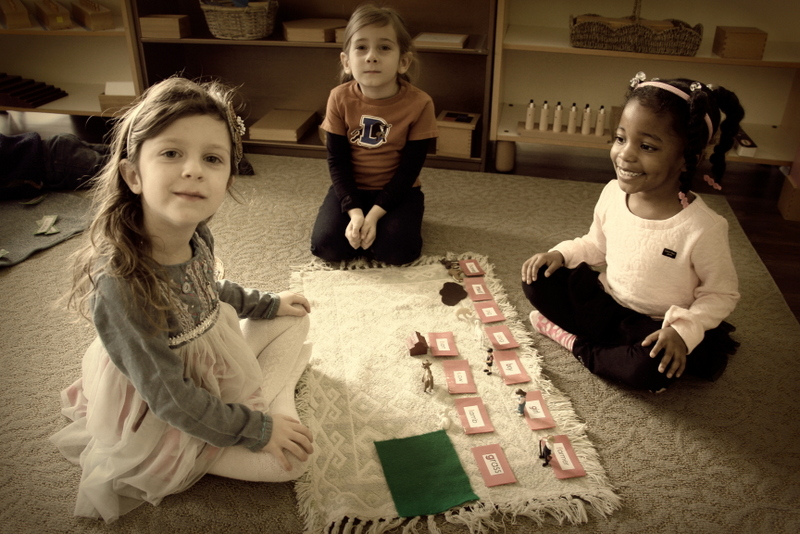







Thanks for the update! There has been a lot of talk about emotions at our house lately. Konstantinos has no trouble telling me when he’s feeling “frustrated” or “cross”!
You’re welcome. Awe, well I’m glad to hear he’s using his words! Such a cutie!
This is great! Thanks for the update and the photos, Angelique! Georgia and I just had a good time looking at the photos and talking about them together:)
Wonderful! Glad you both enjoyed!
Thanks for the wonderful pictures and update on the goings-on at Indigo! Cooper and I enjoyed going over the blog and pictures in place of our normal bedtime reading the other night. We appreciate it!
That’s so sweet to hear! Cooper has especially been interested in learning math works lately 🙂
Yes, Eagle has been very free with using the word “frustrated” lately. If only I can get him to be so focused on a task at home as he is in the photos! Definately enjoyed the blog and updates. Thanks for putting such hard work into it Ms. Angelique.